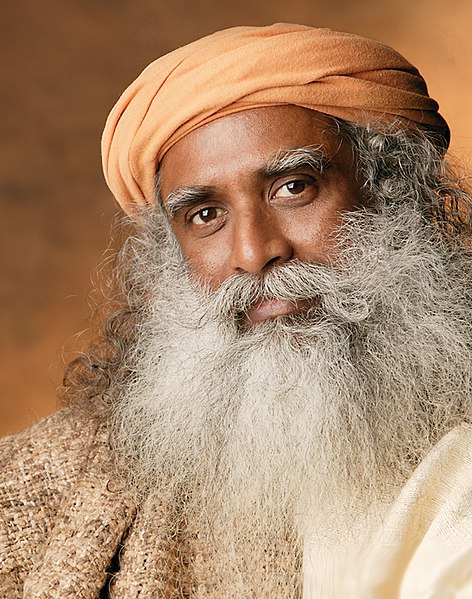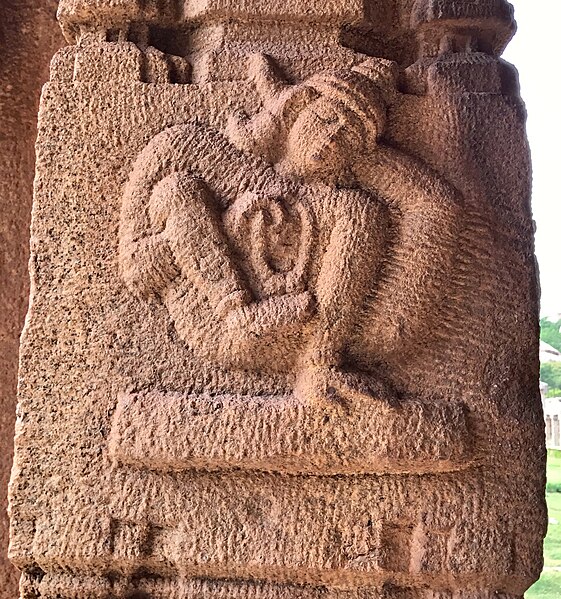Modern yoga is a wide range of yoga practices with differing purposes, encompassing in its various forms yoga philosophy derived from the Vedas, physical postures derived from Hatha yoga, devotional and tantra-based practices, and Hindu nation-building approaches.
"The father of modern yoga" Krishnamacharya teaching postural yoga in Mysore, 1930s
Vivekananda, Vedanta-based, 1893
Sathya Sai Baba, Tantra-based, 1996
Jaggi Vasudev, "inner technology", 2013
An āsana is a body posture, originally and still a general term for a sitting meditation pose, and later extended in hatha yoga and modern yoga as exercise, to any type of position, adding reclining, standing, inverted, twisting, and balancing poses. The Yoga Sutras of Patanjali define "asana" as "[a position that] is steady and comfortable". Patanjali mentions the ability to sit for extended periods as one of the eight limbs of his system. Asanas are also called yoga poses or yoga postures in English.
Asanas in varied contexts. Left to right, top to bottom: Eka Pada Chakrasana; Ardha Matsyendrasana; Padmasana; Navasana; Pincha Mayurasana; Dhanurasana; Natarajasana; Vrkshasana; Yashtikasana
Mould of Pashupati seal from the Indus Valley civilization, c. 2500 BC, its central figure in a pose resembling Mulabandhasana.
A page from Patanjali's Yoga Sutras and Bhasya commentary (c. 2nd to 4th century CE), which placed asana as one of the eight limbs of classical yoga
Relief statue in Achyutaraya temple, Hampi, Karnataka showing an unidentified hand-balancing asana, 16th century








